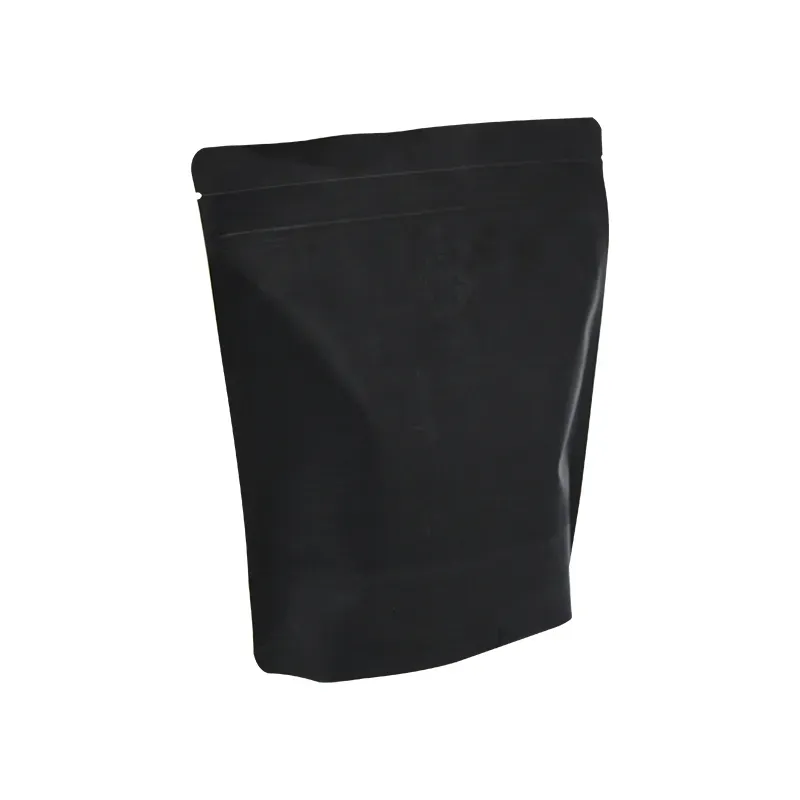- Afrikaans
- Albanian
- Amharic
- Arabic
- Armenian
- Azerbaijani
- Basque
- Belarusian
- Bengali
- Bosnian
- Bulgarian
- Catalan
- Cebuano
- chinese_simplified
- chinese_traditional
- Corsican
- Croatian
- Czech
- Danish
- Dutch
- English
- Esperanto
- Estonian
- Finnish
- French
- Frisian
- Galician
- Georgian
- German
- Greek
- Gujarati
- haitian_creole
- hausa
- hawaiian
- Hebrew
- Hindi
- Miao
- Hungarian
- Icelandic
- igbo
- Indonesian
- irish
- Italian
- Japanese
- Javanese
- Kannada
- kazakh
- Khmer
- Rwandese
- Korean
- Kurdish
- Kyrgyz
- Lao
- Latin
- Latvian
- Lithuanian
- Luxembourgish
- Macedonian
- Malgashi
- Malay
- Malayalam
- Maltese
- Maori
- Marathi
- Mongolian
- Myanmar
- Nepali
- Norwegian
- Norwegian
- Occitan
- Pashto
- Persian
- Polish
- Portuguese
- Punjabi
- Romanian
- Russian
- Samoan
- scottish-gaelic
- Serbian
- Sesotho
- Shona
- Sindhi
- Sinhala
- Slovak
- Slovenian
- Somali
- Spanish
- Sundanese
- Swahili
- Swedish
- Tagalog
- Tajik
- Tamil
- Tatar
- Telugu
- Thai
- Turkish
- Turkmen
- Ukrainian
- Urdu
- Uighur
- Uzbek
- Vietnamese
- Welsh
- Bantu
- Yiddish
- Yoruba
- Zulu
Methods for Evaluating Depth in Various Contexts and Applications
How Do You Measure Depth?
Measuring depth can be a fascinating and essential task, whether in scientific endeavors, construction, or everyday life. Depth refers to how deep something is, which can apply to a variety of contexts the depth of water, the profundity of a hole, or even the layers of meaning in a piece of literature. Understanding how to measure depth accurately can lead to better decision-making and improved outcomes in various fields.
Measuring Depth in Water
One of the most common scenarios for measuring depth is in water bodies. Various methods can be employed depending on the precision required and the tools available. For shallow waters, a simple method is using a weighted line or rope. By attaching a weight to one end and lowering it until it touches the bottom, one can measure the length of the line submerged in water to determine the depth. This method, while straightforward, might not be accurate in deeper waters where currents or underwater features could affect the reading.
For more precise measurements, especially in deeper bodies of water, sonar technology is often used. Sonar (Sound Navigation and Ranging) sends sound waves from a boat or a submersible to the ocean floor. The time it takes for the sound wave to return is used to calculate the depth. This method is not only accurate but can also map the underwater terrain, revealing features like underwater mountains or troughs.
Measuring Depth in Construction
In construction, measuring depth is crucial for tasks such as laying foundations or digging trenches. Tools such as tape measures and laser depth finders are commonly used to obtain accurate measurements. A laser depth finder uses a laser beam to determine the distance to a measurement point, providing both accuracy and ease of use, particularly in hard-to-reach areas.
When creating foundations, engineers often rely on standardized depths as prescribed by local building codes, which take into account factors such as soil type and climate. These codes ensure that structures are stable and safe. Additionally, excavation crews use various tools, including excavators and augers, to achieve the required depth safely.
how do you measure depth

Measuring Depth in Nature
Nature also presents unique challenges when it comes to measuring depth. For instance, geologists may need to measure the depth of soil layers in an area for environmental studies. This is often done using core sampling, where a cylindrical drill is used to extract a column of soil. By analyzing this core, geologists can determine the depth and composition of different soil layers, offering insights into the local geology and ecology.
In archaeological contexts, measuring depth can uncover layers of history. Excavators carefully dig and record the various strata they uncover, noting the depth at which artifacts or fossils are found. This information helps in understanding the chronology of human activity in a given area.
Measuring Depth in Abstract Contexts
Interestingly, depth can also be used metaphorically to describe the complexity of ideas, emotions, or narratives. An analysis of literature may explore the depth of character development, thematic richness, or emotional resonance. In such cases, depth is measured not in inches or feet but in layers of understanding and interpretation, often requiring critical thinking and analytical skills.
Conclusion
Overall, measuring depth is an essential activity across various domains, each requiring different tools and methods. Whether it’s the precise depths of oceans, the essential underpinnings of construction projects, the geological layers of our planet, or even abstract depths of thought, the ability to measure depth accurately aids in enhancing our understanding of the world and ensuring safety and efficacy in our endeavors. Each context provides unique challenges and insights, emphasizing the importance of depth in our interactions with the environment around us.













